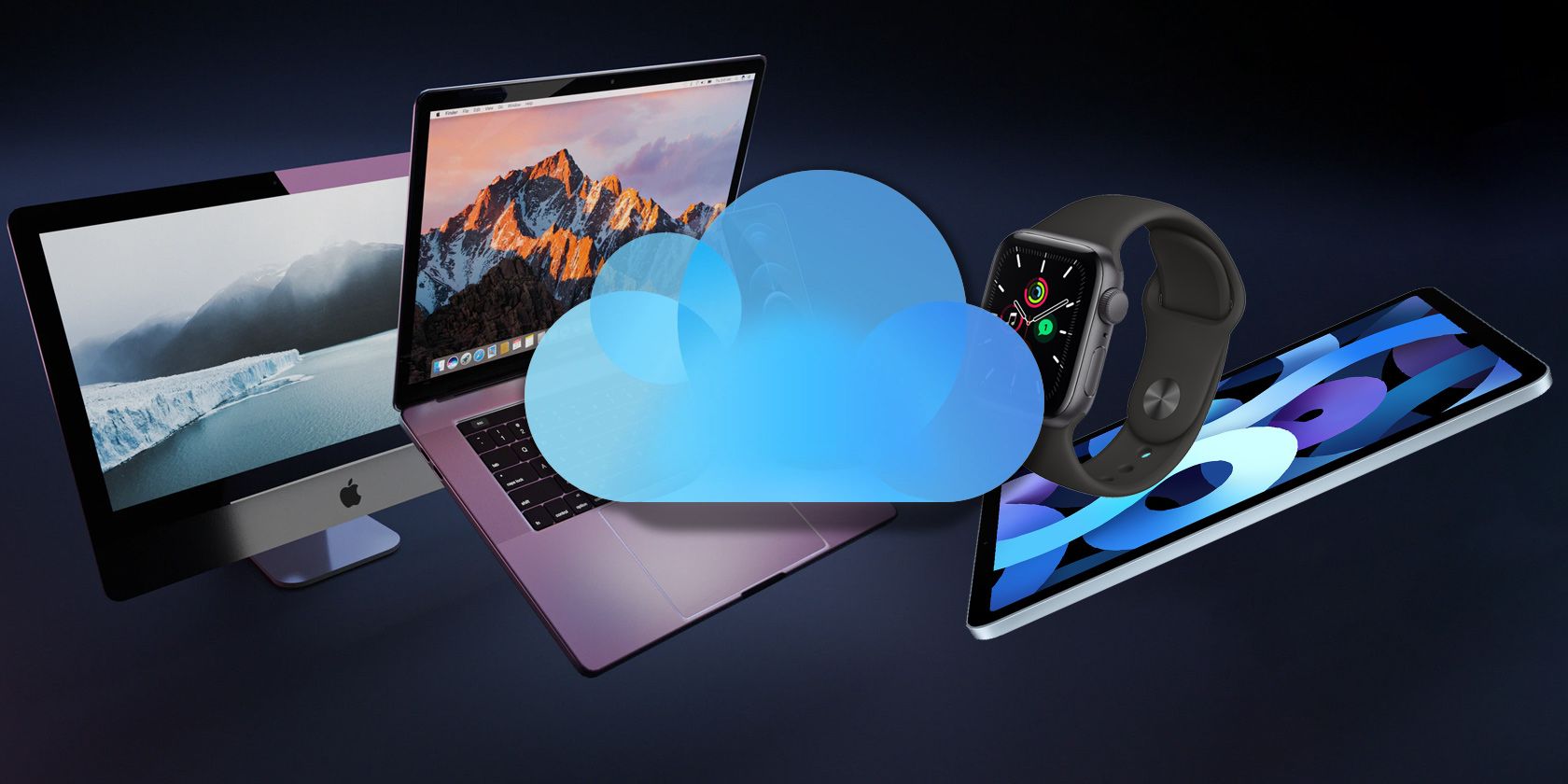File-sharing technology makes it easy to share data with anyone, regardless of their location. While this is a relief for working teams, it offers cyberattackers a chance to strike.
If you don't protect your shared files from unauthorized access, we're sorry to say that cybercriminals would be happy to either steal or expose them. You don't want that to happen, do you?
So, here, we'll list the best file-sharing practices to secure your data.
1. Adopt an Integrated File-Sharing Software
Adopting an integrated file-sharing solution or software is one of the best ways to secure your files from cyberattackers. The file-sharing solutions are set up so that users can only share files within the software, not externally.
Using an integrated file-sharing system prevents sending files to the wrong receiver as every user who is a member of the team has a dedicated user account.
The only downside is that most of these are paid software. The free ones offer limited storage and usage to interested users, which include Dropbox, Google Drive, Box, OneDrive, iCloud Drive, and more.
2. Avoid Sharing Files via Email
Aside from losing files that won't make it to the recipient's inbox, email scamming is increasingly rampant.
One place hackers search for sensitive users' information is in their victim's emails. With most people having weak email passwords, hacking emails daily is almost effortless for cybercriminals. In addition, they attack their ignorant victims through email phishing, fronting infected links as files. Users fall into their traps once they click on the links or download the files.
To prevent your organization from being vulnerable to this scam, encourage your employees not to send or receive files through email. Instead, they should implement the use of file-sharing software that only internal team members have access to.
3. Use a Secure Connection for Sharing Files
A network connection may originally involve two or more parties, but intruders could infiltrate the network. So, it's important to put that into consideration and secure your network with encryption.
A secure connection encrypts one or more security protocols, making it difficult for people to access it. When a network is unencrypted, it's exposed to anyone who knows how to easily hijack and threaten.
When no strong barriers are encrypting a network, cybercriminals can penetrate it and retrieve your sensitive information like login credentials, financial records, passwords, and other private information.
4. Adopt Secure Cloud Services
Secure cloud services offer an extra layer of data security. They have better flexibility, accessibility, and capacity compared to conventional computing and storage methods. Also, cloud computing is quickly replacing traditional computing as a cornerstone for many enterprises today.
Most cloud service providers actively maintain the integrity of their servers by adhering to standard security practices. These third-party vendors are in charge of managing the cloud services infrastructure as well as the security and accountability of data assets.
5. Implement Archive File Format
The archive file format is about stacking one or more files and metadata. You can combine multiple data files into a single archive file for easy accessibility and storage. It also allows you to compress files to take up less storage space.
Storing your data in the archive format protects such data from leakage or exposure. With multiple files being in an archive file, it will be difficult for a scammer to identify a particular file quickly.
6. Generate Strong Passwords
Weak passwords are the number one means cybercriminals use to access their victims' accounts or networks. They do this either by password guessing or password cracking through a brute-force attack.
Generating strong passwords should be part of your cybersecurity culture. You need to educate your team members on the importance and usefulness of using a strong and secure password. Instead of using numbers, date of birth, or events, they should opt for a passphrase.
Remembering tons of passwords can be tiring and lead to password fatigue. Make it easier for your team by adopting an effective password management tool to take care of their password needs.
7. Restrict the Use of USBs
To protect your sensitive data and work files in general, prohibit the use of USBs in your network. And that's because it's easy to transfer information, files, and data in a swipe with USB or flash drives.
Another reason you should prohibit USBs in your organization is to prevent the transfer of viruses or corrupt files to your network. You have no idea where those devices have been and what they have contracted. Using a virus-infected USB can ruin your data completely with no opportunity for data recovery.
8. Choose an Easy-to-Use File Sharing System
While using the latest technology or software to share files within your organization may seem like a good idea, don't trade that for simplicity. A sophisticated file-sharing system is of no use if you and your team can't use it without assistance, guidance, or training.
If the file-sharing system is difficult to use, there's a tendency that your data can get lost in it, and you won't be able to recover it. There's also the possibility of accidentally sending sensitive information to the wrong people when trying to navigate through the system.
9. Use Credible VPNs While Sharing Files
With Virtual Private Network (VPN) technology, users can send and receive content through shared or open internet connections just as if their devices were connected to a private network. This benefits regional offices or remote employees who require remote access to data and files from a central headquarters system or database.
There are widespread, credible VPNs like ExpressVPN, CyberGhost, Torguard VPN, NordVPN, and many more. Additionally, if you use a file-sharing solution or service like DropBox, you don't need to purchase an external VPN service as they provide a VPN alternative service. This makes it cost-effective.
10. Double-Check Links Before Clicking
Another simple yet highly effective file-sharing security practice is to always double-check links before clicking on them. As simple as this may seem, neglecting it could cause huge data loss consequences.
Cultivate the business etiquette of educating your coworkers and employees on how important this simple business activity is. Paying a closer inspection of links before clicking on them prevents network hijack and hacking. Often, hackers mask links with dubious links that can instantly take control of your business files or even logins.
Prevent Cyberattacks With Secure File-Sharing Practices
File-sharing is inevitable for collaboration. As long as two or more are working together, they need to share files, especially when they are in different locations. However, it's their responsibility to secure their files.
Cultivating secure file-sharing practices is a sure way to avoid falling prey to the overzealous cybercriminals who are waiting for the slightest opportunity to attack.





